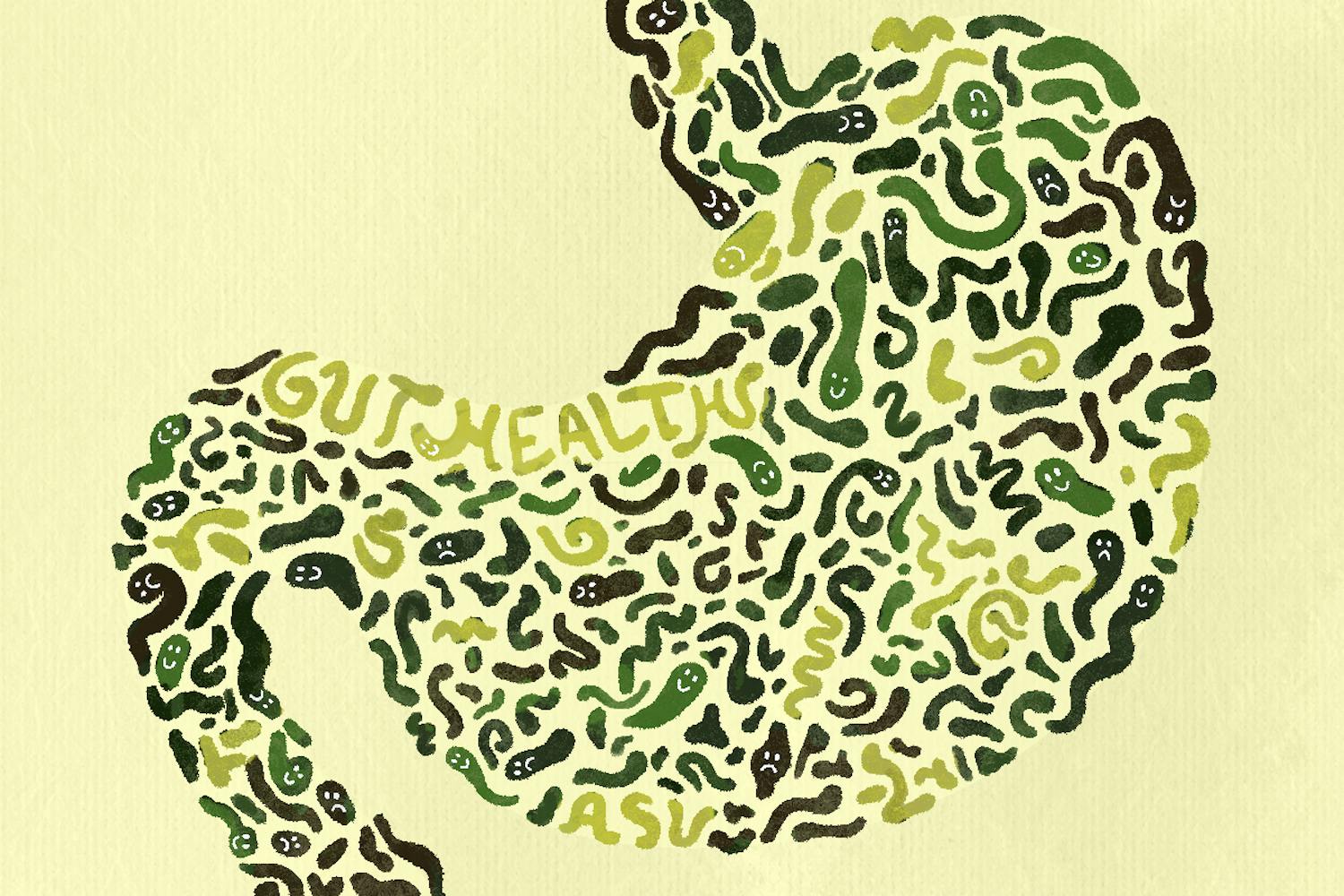Everyone loves to joke about a college student’s diet: We buy the chicken-flavored Top Ramen or the $5 Hot-N-Ready Little Caesar’s pizzas as badges of the poor college life. But given that that package of noodles contains nearly 66 percent of one’s daily sodium intake and a slice of pepperoni pizza contains 280 calories, 100 of which are from fat, a college diet certainly doesn’t seem very nutritious.
And since nearly one-third of U.S. adults are obese and the leading cause of death in the country is heart disease, a diet so starved in nutrition doesn’t seem all that funny either.
When we were children, genius food marketing lulled us and our parents into the pleasures of processed foods. I remember the Lunchables I dutifully assembled with fondness and the Go-Gurts I inhaled without effort.
As we transitioned out of the comforts of our parents’ homes, I’m afraid that we’ve never learned how to transition out of the comforts of our favorite convenience foods into a wholesome diet. When it comes to food, the emphasis has always been placed on gratification, not health. As a result, the average student doesn’t possess basic knife skills and doesn’t eat nearly enough fruits and vegetables.
College students can be savvy in their quests for cheap food, but I’m not sure we’ve been seeking out the foods our bodies need for nourishment.
Instagram pictures of my friends’ meals on Facebook tell me that they are proud of whatever food-making skills that they have. In a way, they are showing off a set of recovered skills in the kitchen. They are saying, “Look at what I can do to feed myself!”
The popularity of Pinterest and the upsurge in 20-somethings who call themselves “foodies” suggest that there is a curiosity about food skills that wasn’t satisfied by an earlier education.
The solution to our ongoing health crisis is to re-educate younger students, those in middle school or high school, on basic nutrition and cooking so they can learn the life skills that we, as young adults, are trying to recover.
Call it “home economics,” if you want.
Helen Zoe Veit wrote about how the curriculum of the '50s and '60s home economics centered on health and hygiene and made early proponents of the program look more like “old maids stating the obvious.”
Thus, in order to reinvent a culture of health — not one of gratification or convenience — we need a food program that places a high premium on whole foods and low-maintenance meals, prepared mostly from scratch. A successful cooking class in high school or middle school would teach students about how pleasurable cooking can be.
It could reintroduce an element of play into a culture of schooling where test scores and quantitative measures of success seem disproportionately high, settling down countless of angst-ridden teenagers in the process. When students are learning how to chop a bunch of cilantro for the first time, they won’t be focused on anxious details of the day at hand. They will be devoted to learning in the moment — mostly because their fingers depend on it.
Not only would cooking teach students how to feed themselves, it would teach them focus, patience and control.
Students will be receiving a lesson in patience when they are making risotto, an Italian comfort food that requires at least half an hour of constant stirring. Novice pastry chefs unable to control themselves will find only deflated soufflés and unrisen breads if they open the oven door too early. Young chefs learning how to cook a steak to desired doneness will have to focus on subtle changes in the meat’s color, texture and smell. Such a cooking program should be founded primarily on nutrition from fruits, vegetables, whole grains and legumes.
The end product in a cooking class would not be an essay or a completed worksheet of math exercises, but a well-balanced meal and set of life skills one would carry throughout his or her life.
As college students, we are building the food habits we will take with us for the rest of our lives, which seems to include the late night Taco Bell drive-thru runs and Hot Pockets we microwave with grave anticipation.
Now is the time to pay attention to what we are putting into our bodies. It might help to follow a dictum by Michael Pollan: “Eat food. Not too much. Mostly plants.”
Eat food — not food-like products. Eat for nourishment and sustainability. Eat more vegetables.
Reach the columnist at ctruong1@asu.edu or follow her at @ce_truong



